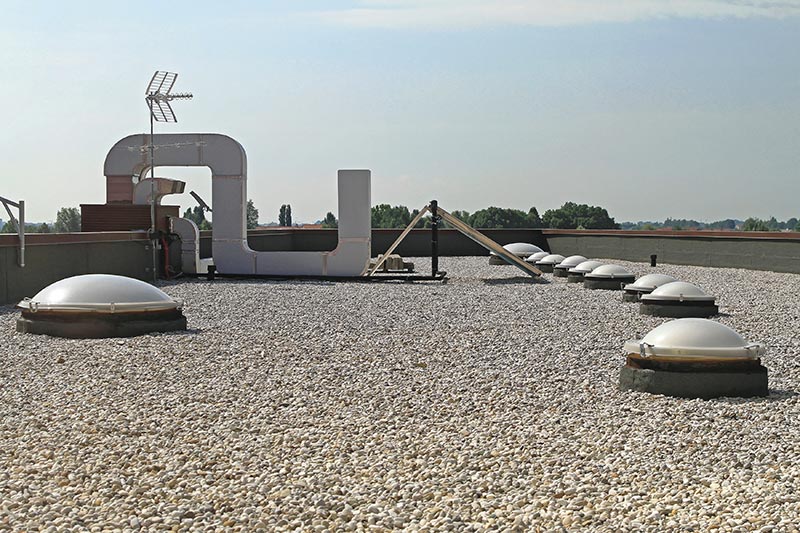Understanding the Built Up Roofing System Durability and Performance
Built-up roofing (BUR) has been a cornerstone in the commercial roofing industry for over a century, offering exceptional durability and longevity. As one of the oldest and most trusted roofing systems, BUR continues to provide reliable protection for various structures, from industrial complexes to residential buildings. This article delves into the intricacies of BUR, exploring its construction, materials, benefits, and applications.
Construction and Components:
At the heart of the built-up roofing system lies a multi-layered structure designed to withstand harsh weather conditions and provide superior waterproofing. The typical construction of a BUR system involves alternating layers of bitumen, usually asphalt or coal tar, and reinforcing fabrics such as fiberglass or polyester. These layers are applied in succession, with each layer contributing to the overall strength and resilience of the roof.
Key Components:
- Base Sheet: The foundation of the BUR system, the base sheet provides initial waterproofing and serves as a substrate for subsequent layers.
- Bitumen: This viscous, adhesive material acts as the waterproofing agent in the BUR system. Asphalt and coal tar are the most common types of bitumen used, each offering unique advantages in terms of flexibility and weather resistance.
- Reinforcing Fabrics: Fiberglass or polyester fabrics are embedded within the bitumen layers to add tensile strength and stability to the roof membrane.
- Surfacing: To protect the underlying layers from UV exposure and mechanical damage, BUR roofs are often finished with a surfacing material such as gravel, mineral granules, or a reflective coating.
Benefits of Built-Up Roofing:
- Durability: BUR systems are renowned for their exceptional durability, with some installations lasting 30 years or more with proper maintenance.
- Waterproofing: The multiple layers of bitumen and reinforcing fabrics create a seamless, watertight membrane that effectively prevents leaks and water infiltration.
- Thermal Performance: The mass of the BUR system provides thermal insulation, helping to regulate interior temperatures and reduce energy consumption.
- Fire Resistance: Coal tar-based BUR systems offer excellent fire resistance, making them ideal for buildings where fire safety is a concern.
- Cost-Effectiveness: While BUR installation costs may be higher upfront compared to some other roofing systems, the long lifespan and minimal maintenance requirements make it a cost-effective choice over the life of the roof.
Applications:
Built-up roofing is suitable for a wide range of applications, from commercial and industrial buildings to residential complexes and institutional facilities. Its versatility, durability, and excellent waterproofing properties make it particularly well-suited for flat or low-slope roofs. BUR systems are commonly used in:
- Warehouses and manufacturing plants
- Office buildings and retail centers
- Schools and universities
- Hospitals and healthcare facilities
- Multi-family housing developments
Maintenance and Repair:
Regular maintenance is key to maximizing the lifespan of a BUR system. Inspections should be conducted periodically to check for signs of damage, such as cracks, blisters, or loose seams. Any debris should be promptly removed from the roof surface to prevent drainage issues and deterioration. Minor repairs, such as patching damaged areas or resealing seams, can help extend the life of the roof and prevent more costly problems down the line.
Built-up roofing remains a popular choice for building owners and contractors seeking a reliable, long-lasting roofing solution. Its time-tested construction, durability, and excellent waterproofing capabilities make it a standout option for a wide range of applications. By understanding the components, benefits, and maintenance requirements of BUR systems, building owners can make informed decisions to protect their investment and ensure the continued integrity of their structures.
For more info:-

Comments
Post a Comment